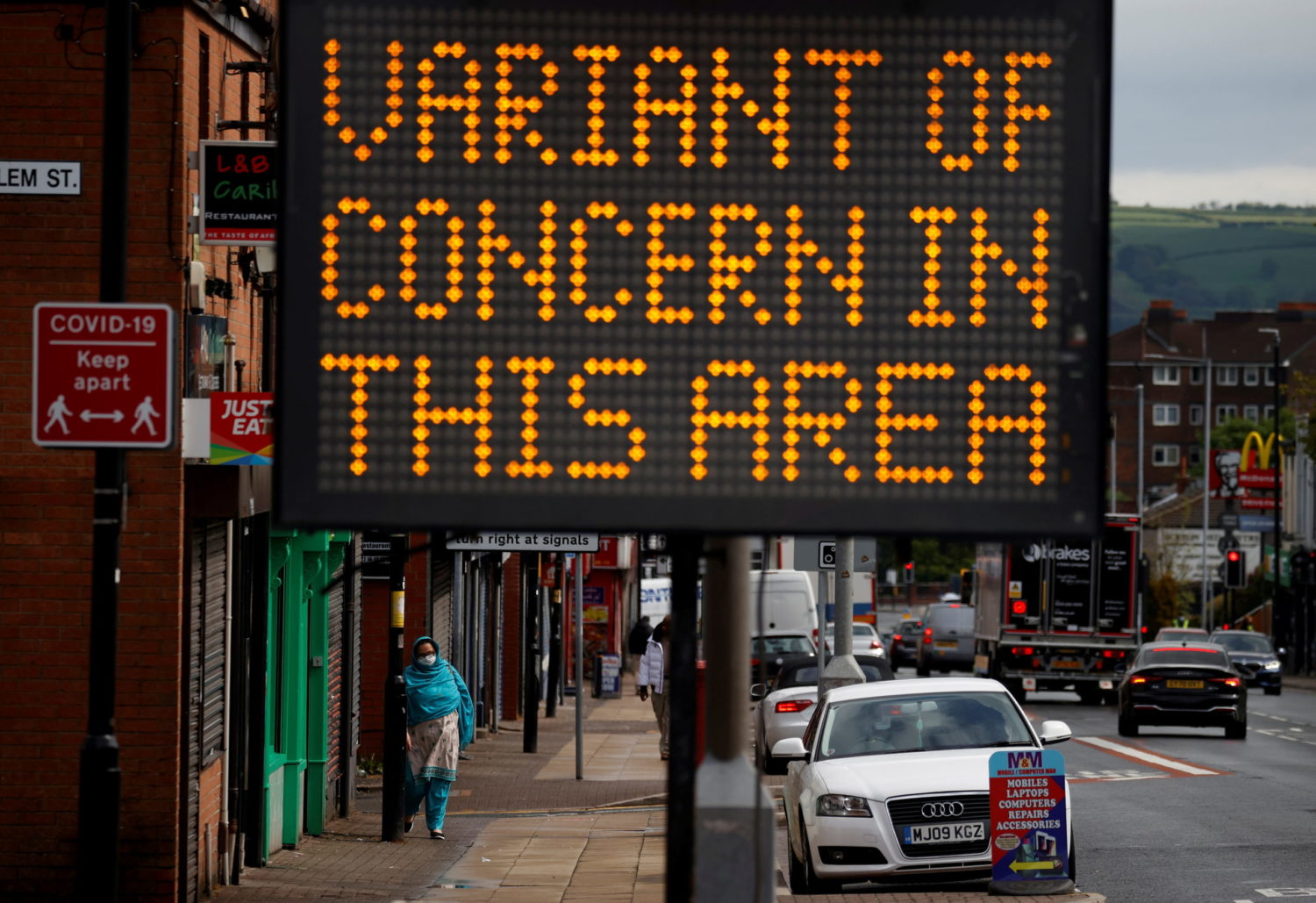
(Reuters) – The Tokyo Paralympics will take place generally without spectators, organizers said, as the government was set to prolong COVID-19 emergency measures in the capital and other regions that will run through the Games.
EUROPE
* The European Guarantee Fund, which is managed by the Investment Bank Group, secured European Union approval to provide guarantees on synthetic securitization tranches to help companies in 22 EU countries affected by the pandemic.
* Poland will send 650,000 doses of the AstraZeneca vaccine to Ukraine, the minister in charge of the Polish vaccination drive told state news agency PAP.
* North Macedonia has reimposed restrictions on access to cafes, restaurants and public events in a bid to subdue a fresh spike in infections and nudge citizens to get vaccinated, prompting public anger and protests.
* All 16- and 17-year-olds in England will be offered their first vaccine dose by Aug. 23, according to a target set by British Health Secretary Sajid Javid.
ASIA-PACIFIC
* Thailand, a regional manufacturer of AstraZeneca’s coronavirus shots, is seeking to borrow 150,000 doses of the same vaccine from the Himalayan kingdom of Bhutan, an official said, amid a Thai supply shortage.
* Indonesia extended its curbs though relaxed some measures in eight unspecified areas on the most populous islands of Java and Bali, as fewer infections have been reported in cities.
* Hong Kong’s government said it would upgrade 15 overseas places including the United States, Spain and France to “high risk” from “medium risk” by Aug. 20, meaning international arrivals from those countries will face lengthened quarantine due to a resurgence of the coronavirus.
* Taiwan has rejected an application for the emergency use of UBI Pharma’s vaccine candidate, the government said.
AMERICAS
* As the Delta variant of the virus sweeps through Mexico’s cities, more adults in their 30s and 40s are ending up in the hospital with polls showing vaccine hesitancy is rising in younger age groups.
MIDDLE EAST AND AFRICA
* Turkey is allowing people who were inoculated with Sinovac’s coronavirus vaccine to take an additional Pfizer dose as it looks to ease travel to countries that have not approved the Chinese shot, the health ministry said.
MEDICAL DEVELOPMENTS
* Europe’s drugs regulator said it was evaluating the use of Roche’s arthritis drug, Actemra, in hospitalized adults with severe COVID-19, its latest review of a potential coronavirus treatment.
* The UK’s health regulator said coronavirus vaccines did not raise the risk of miscarriage, and that it had not found any link between the shots and changes to menstrual periods.
* GlaxoSmithKline and CureVac said a study on macaque monkeys showed their jointly-developed vaccine candidate to be “strongly improved” in protecting against the virus compared with CureVac’s first attempt.
ECONOMIC IMPACT
* A surprisingly sharp slowdown in Chinese economic activity and a rapid Taliban takeover in Afghanistan helped drive global shares lower Monday.
* The initial success of Israel’s COVID-19 vaccination rollout that enabled an opening of the economy bolstered growth in the second quarter, official figures showed.
* Thailand’s economy unexpectedly grew in the second quarter from the first helped by exports and government spending, but spiking cases continue to batter domestic activity and tourism, restraining its fragile recovery.
(Compiled by Veronica Snoj and Federico Maccioni; Edited by Shounak Dasgupta)











